Nomadic Desert Camp – Sharqiya Sands
Sharqiya Sands (formerly known as Wahiba Sands) stand as a desert region in the northeastern part of Oman. The desert area roughly spans over 180 kilometers (from north to south) and 80 kilometers (from east to west). Big dunes sometimes rise right next to the road snaking along the Arabian Sea Coast. Only few trees – like the acacia or the desert tree (raaf), survive in the barren scenery and lack of water. Also, difficult orientation and arduous accessibility are tough barriers for those who don’t understand the secrets of the desert. But in this harsh environment, there’s been life for centuries. Nomadic camps cluster between dunes and their inhabitants focus on their only source of living – the camels.
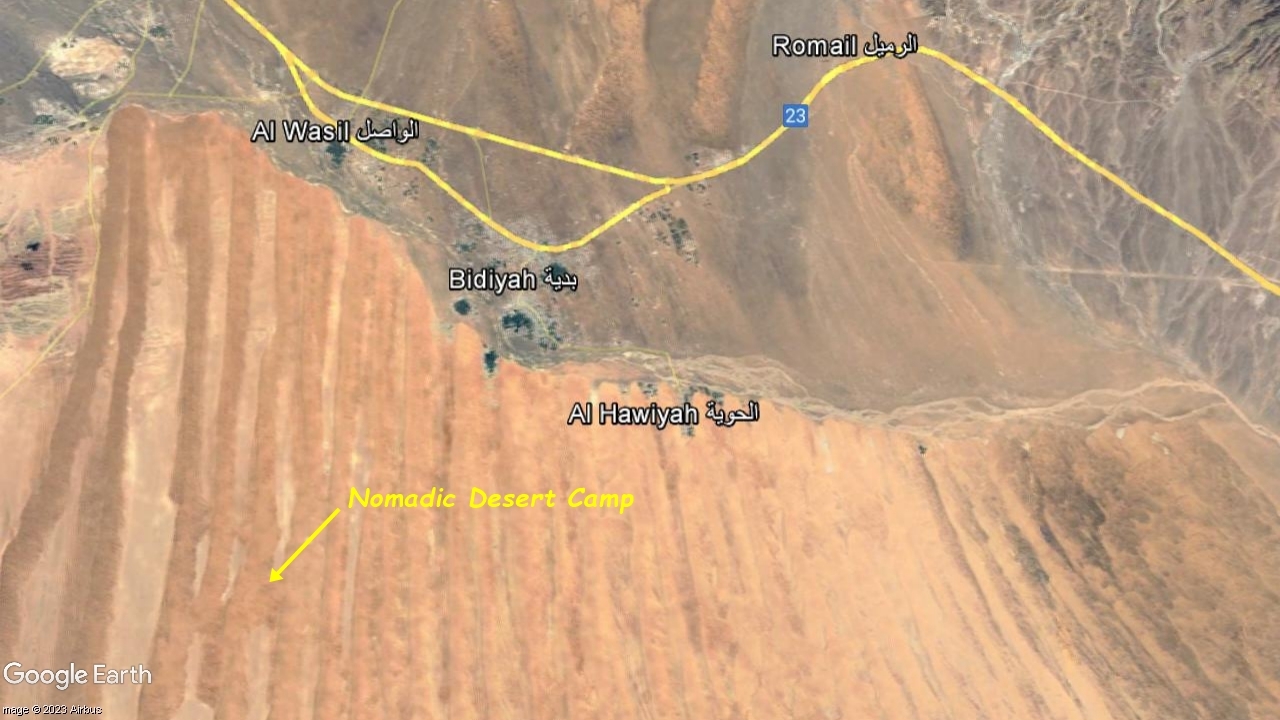
Unless you have a 4X4 car and experience driving on sandy roads and dunes, you can’t reach the desert camps by yourself. It’s risky and you can get stuck in the sand. But if you look at the other side of the coin, this is the start of your true desert experience. On the rim of the desert, in Al Wasil village, you’ll meet the Bedouin family managing the Nomadic Desert Camp. You’ll then embark on jeeps and set off into the depths of the desert on a 20-kilometer sandy road along a valley flanked by dunes. At the end of the road, in the heart of the desert, you’ll arrive at the authentic Nomadic Desert Camp nestled within the golden dunes.
Nomadic Desert Camp – The History
In the beginning, there were no camps in the desert. The Bedouins were born and lived in Sharqiya Sands for generations, but they didn’t have a permanent camp. They always followed the green for their camels in the desert, stopped, and stayed wherever there were green bushes or desert trees. They had nothing else to do but to move with their camels from one place to another. Their life was very simple.
The brothers Mohammed and Said had nothing in the desert, no camps. But foreigners loved to come and stay with the Bedouin, so the two brothers started to host people and do camel safaris in 1988. In 1996, they built a permanent camp in the form of a circle between the dunes, on the place where they kept the camels during winter. The dunes formed like a horseshoe and thus protected the camp from the winds. It was the ideal location to protect the baby camels from winds in winter, and also from sand storms in summer.
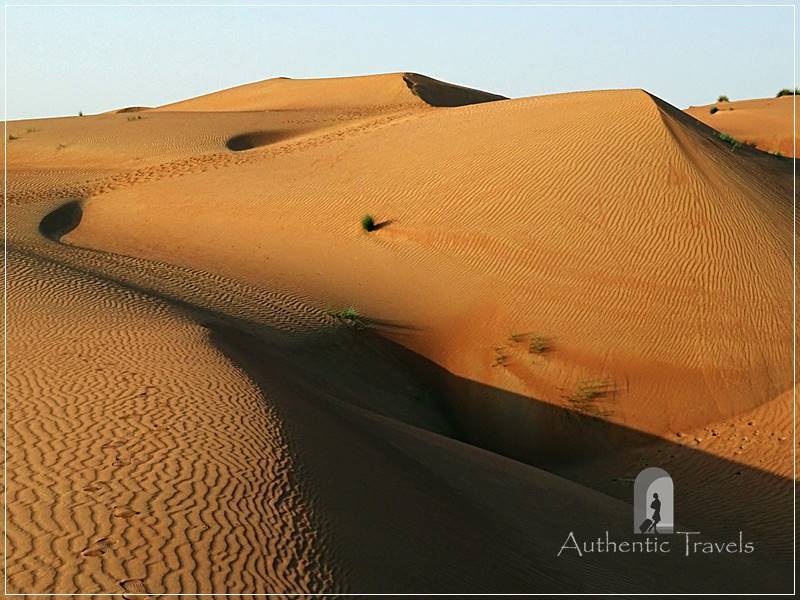
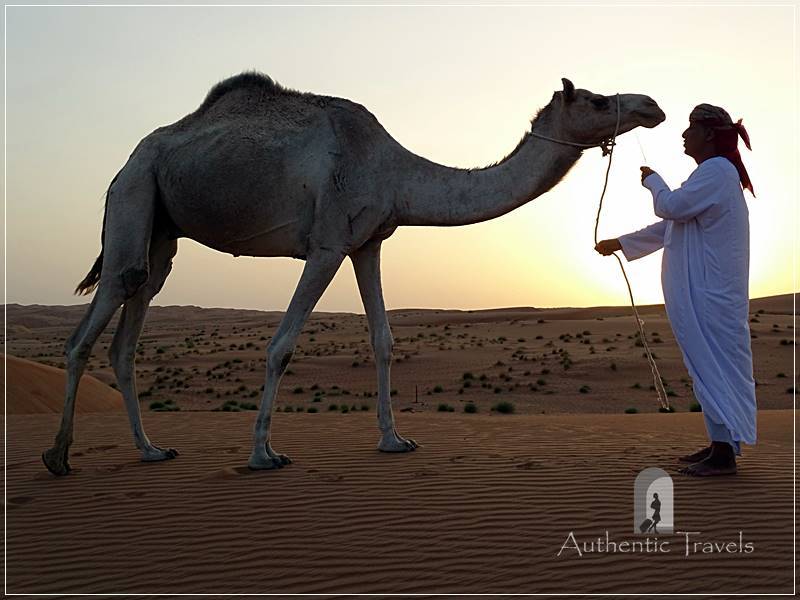

Mohammed wanted to show the desert and the life in the desert to other people too, so they started to host people in the permanent camp they built. This is how Nomadic Desert Camp started and it is one of the first established in the region. At present, the same Bedouin family (Al Mughairy) runs the camp, including Mohammed’s sons: Rashid, Abdulah, Sultan, Hummeid, and Salem.
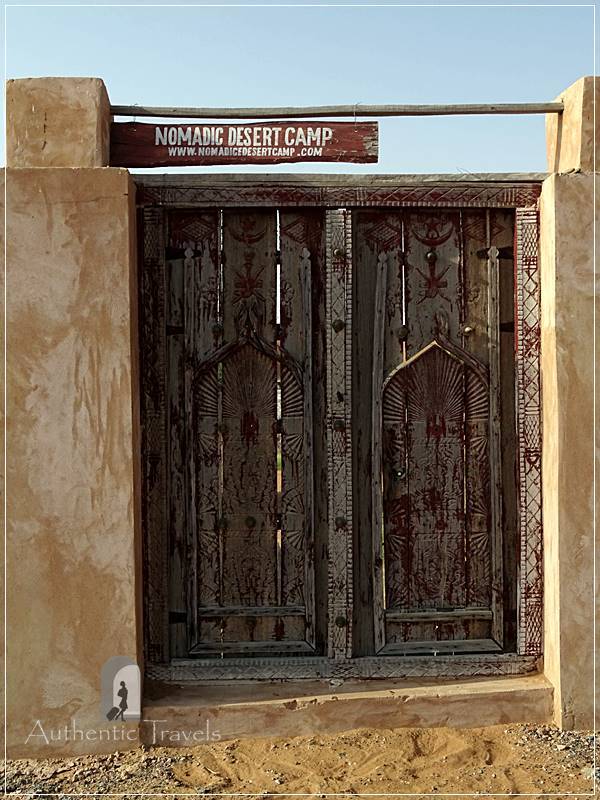
The main goal of Nomadic Desert Camp is to keep the desert clean and quiet by giving visitors a unique glance at the simplicity of desert life.
Nomadic Desert Camp – Architectural Design
There are two traditional ways of building and living in the desert. The Bedouin tent is made of sheep and goat wool and is warmer in winter. And, the huts (barasti) are made of bushes and palm trees (leaves and trunks) and are cooler in summer. The nomadic tribes adapted to each of these building styles based on season and local materials.
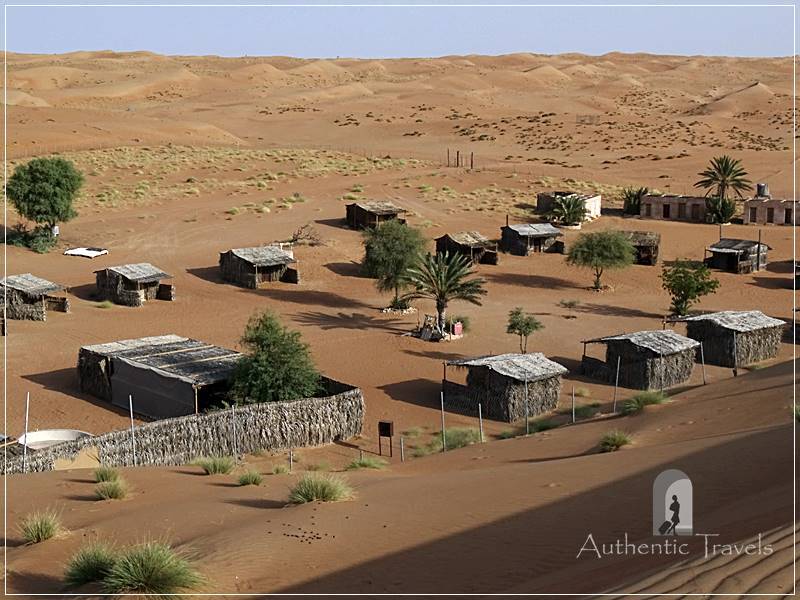
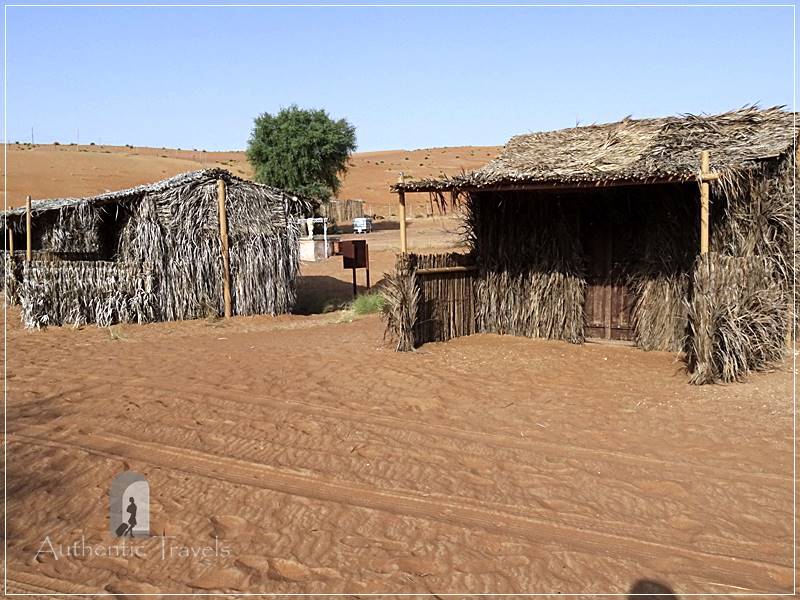
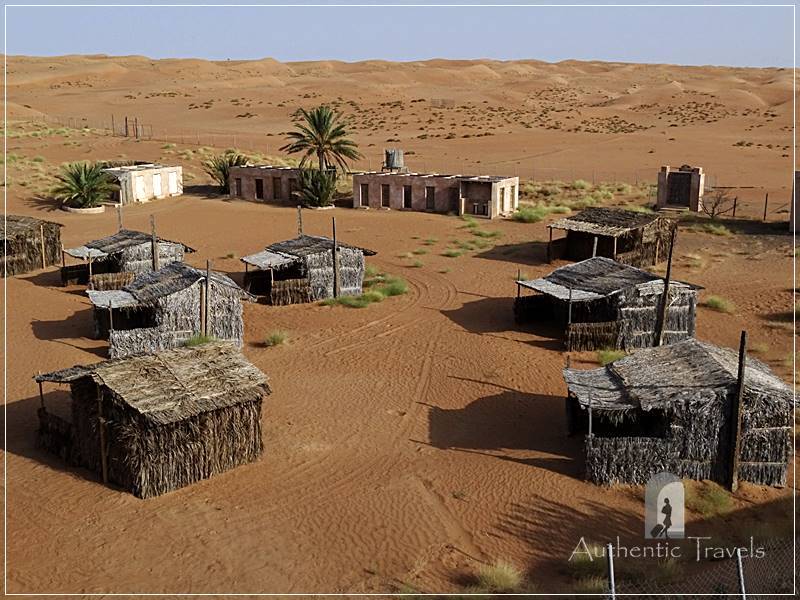
Nomadic Desert Camp proudly stands as one of the few camps built of natural resources in Sharqiya Sands. It includes 20 huts (barasti) and sitting areas traditionally made of palm trees and furnished with colorful Bedouin cushions. The huts stand in the form of a circle, around a sandy courtyard with several planted desert trees (raaf). Each hut has twin beds and a large mosquito net, whereas the shared al-fresco showers and toilets sit on one side of the courtyard, near the entrance.
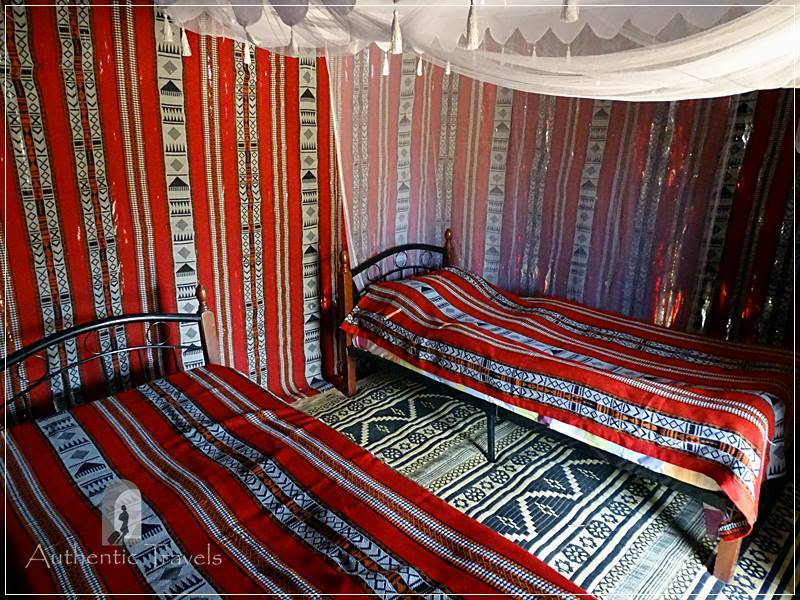
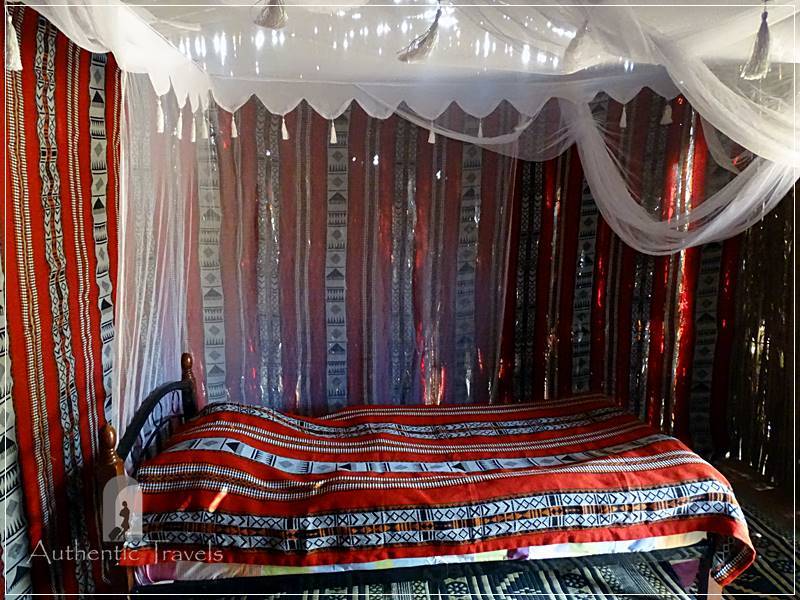
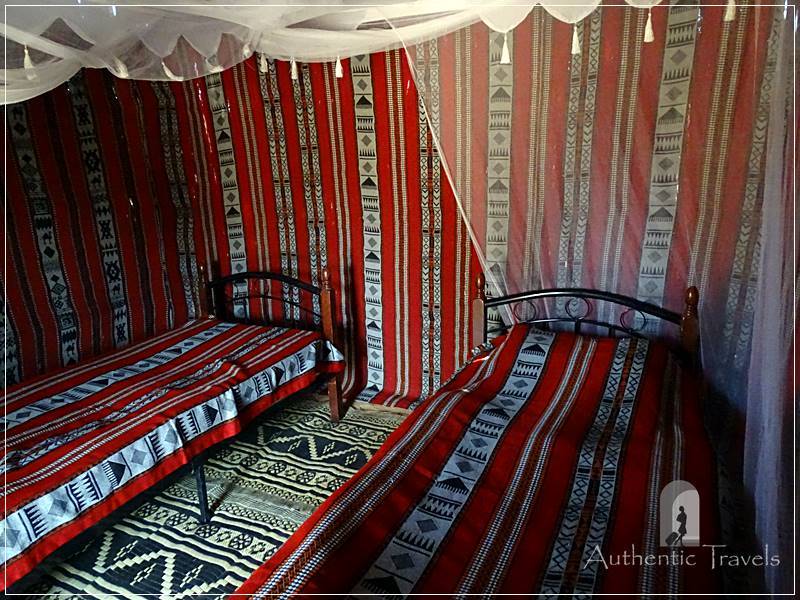
Winter (especially Christmas) is the best time to be in the desert, so the Bedouin family set up more tents in the camp. Carpets in the sitting area are made of goats and sheep wool. The pottery once used to keep water inside is now displayed as decoration in the camp.
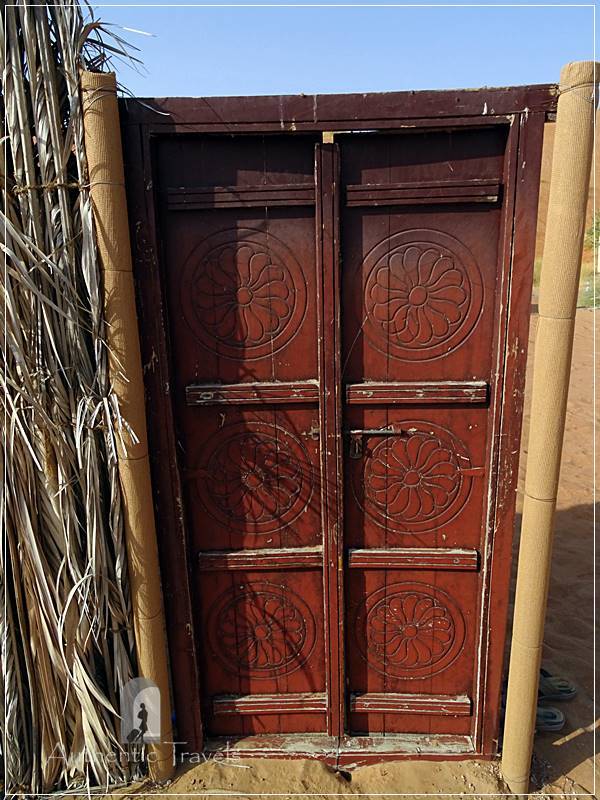
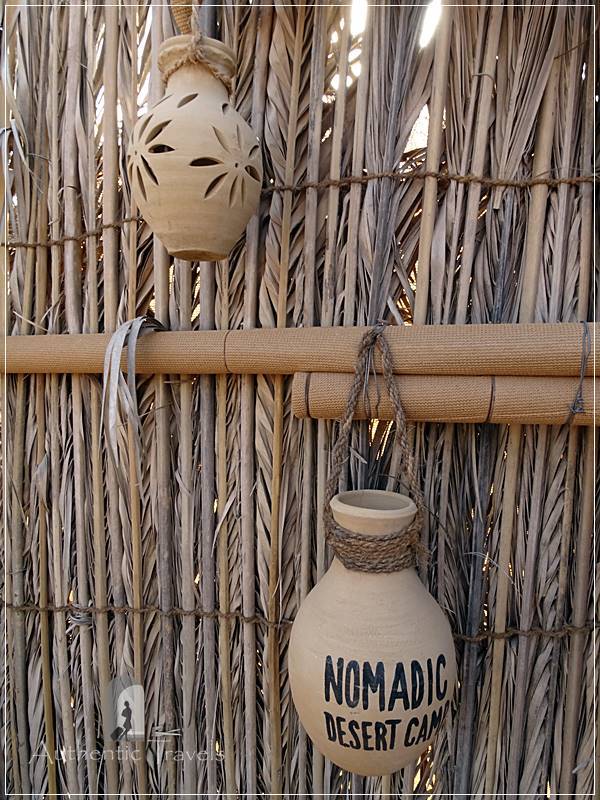
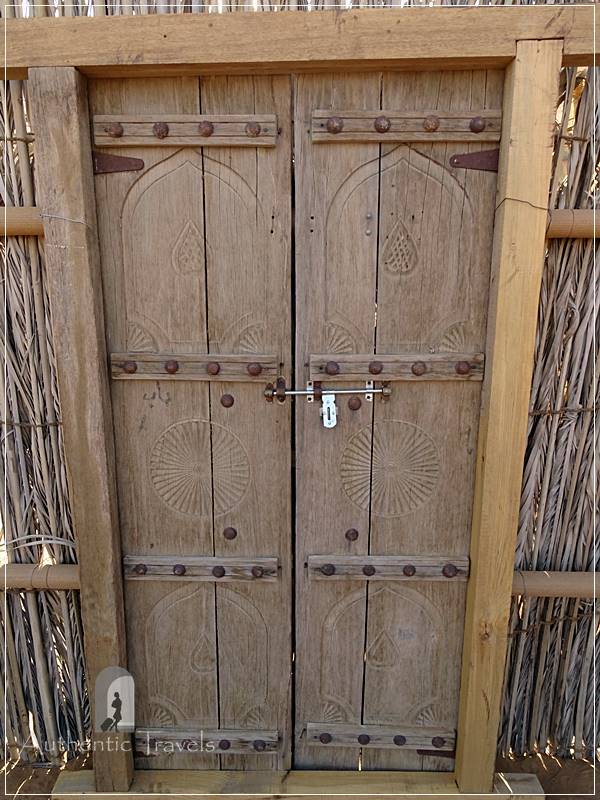
Water has always been a problem in the desert. Even though there’s a deep well in the camp (156 meters deep), the water level fluctuates a lot and sometimes there’s no water at all, so they need to bring it by car from Al Wasil village. Knowing this, you now know how much effort is needed for you to have water in the camp.
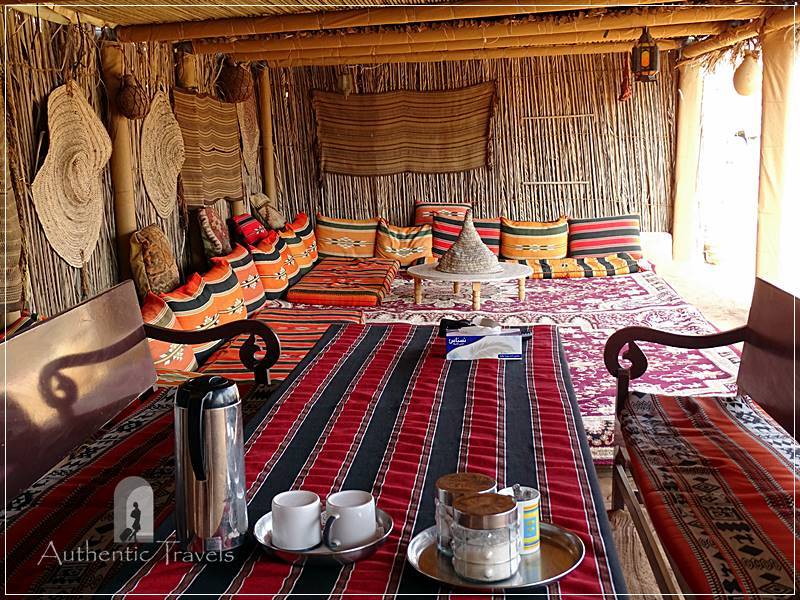
As part of the desert lifestyle, the Al Mughairy Bedouin family shows their guests the darkness of the desert. This is why there’s solar electricity only in the sitting area, and candles in the huts. The camp is environmentally friendly and, at the same time, provides an authentic experience in the desert. Without the internet, electricity, or TV, you’ll have to see life from a different perspective.
Nomadic Desert Camp – Traditional Lifestyle and Local Customs
The traditional way of life in the desert is fast disappearing as modern conveniences limit the need for a nomadic existence. Many people have moved from the desert to school and work in nearby towns. However, there are still Bedouin people who live in the desert for the whole year. Five years ago, they even got a school for kids in the middle of the desert. “We will teach even under a tree”, they said. The small ones go to school even 20 kilometers per day and thus, they keep alive the Bedouin traditions in the desert.
“We want to show the guest the life of the desert”, says Rashid al Mughairy of Nomadic Desert Camp. In the evening, Bedouins usually gather around a campfire made of dried wood collected from the desert. Most of the time, they cook on a gas stove, but sometimes also in a large pot placed above a big campfire. They make coffee and tea on this campfire, and next to it, they also bake bread in the hot sand with amber.
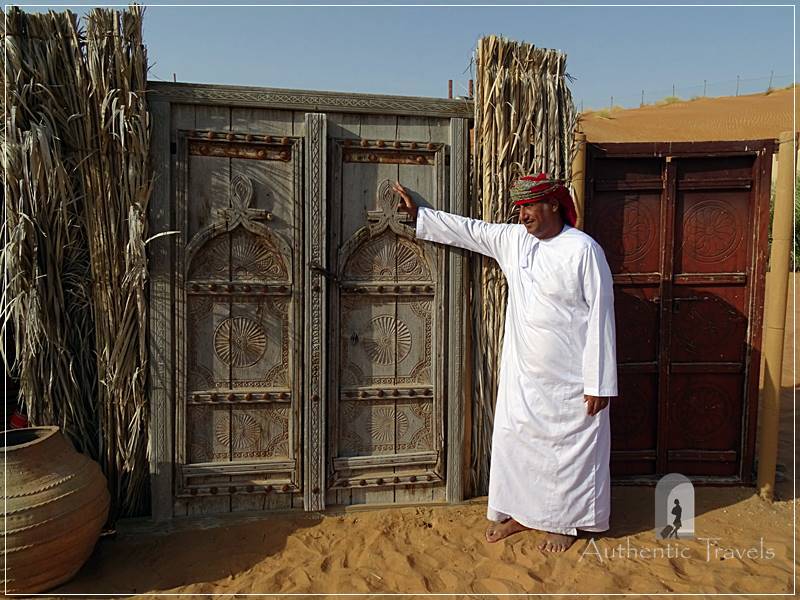
In a nearby peg, they have goats, sheep, and camels that always move after the green. Every camel belongs to someone. There’s no such thing as wild camels in Sharqiya Sands (that’s something you may see only in the Empty Quarter). Usually, every tribe has a distinctive mark, and they recognize their camels by a fire sign. But Rashid told me his father always knew his camels after the imprint of their hooves – true Bedouin knowledge.
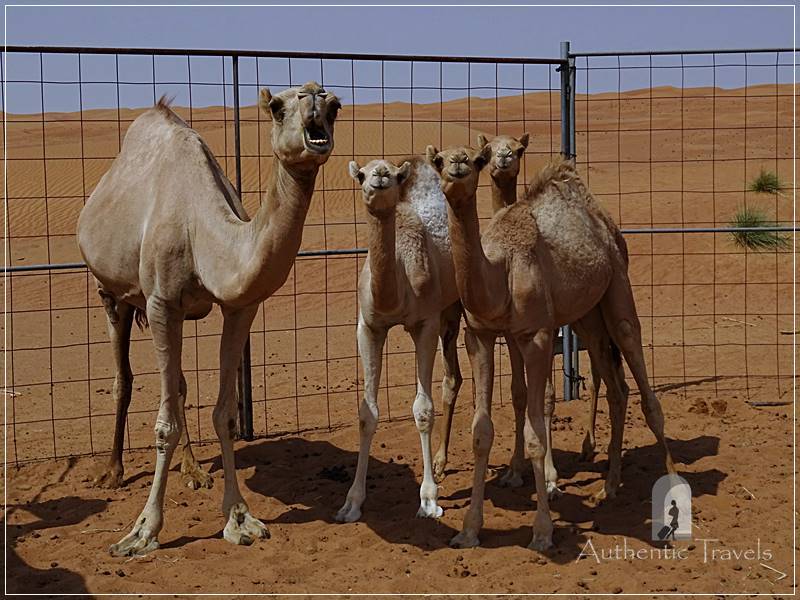
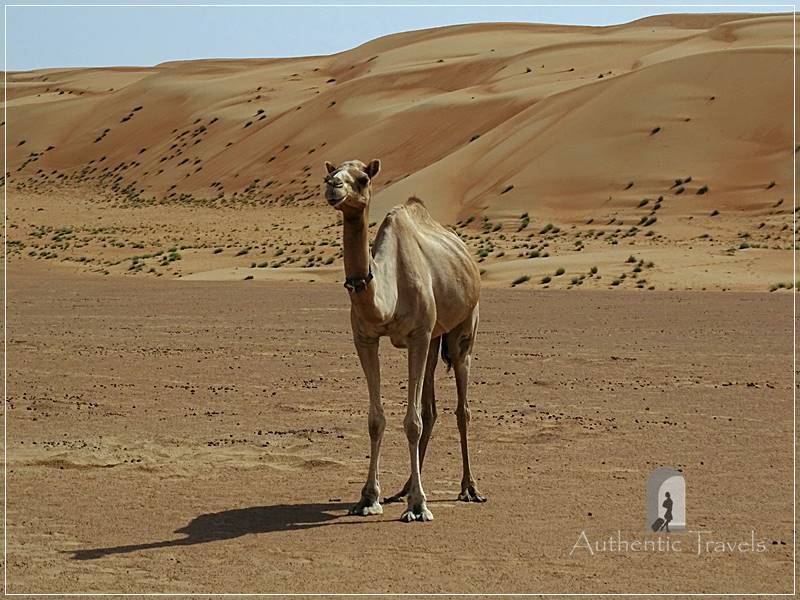
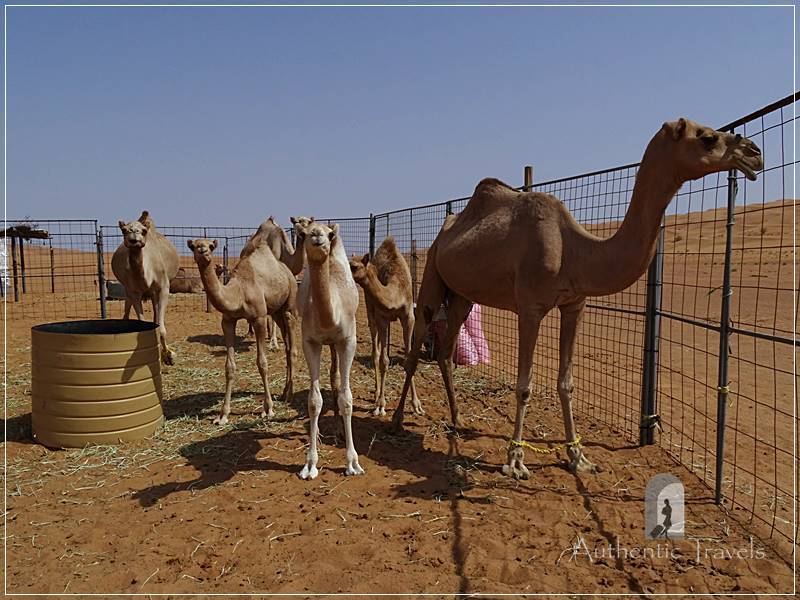
From Nomadic Desert Camp, climb up on the top of the surrounding dunes (ideally, at dusk or dawn) and take in the vibe of the desert. Nearby, the smaller Sultan Camp (only three tents) sits in a small depression, surrounded by dunes. You can stay here and experience the dark starry skies at night, but meals will take place at Nomadic Desert Camp. If you walk a bit further or ride a camel, you’ll also witness the vastness of the desert and its unique immensity. This way, one learns about life in the desert, camel farms, and the stillness of the dunes.
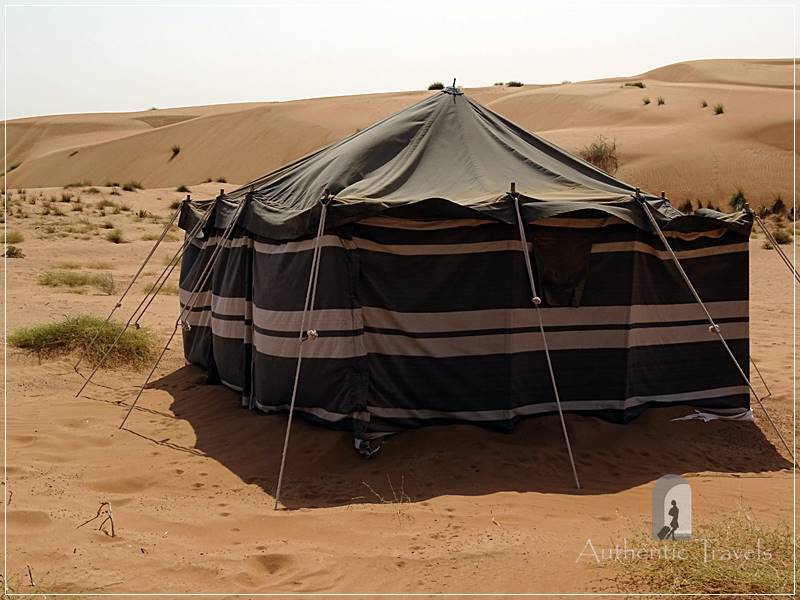
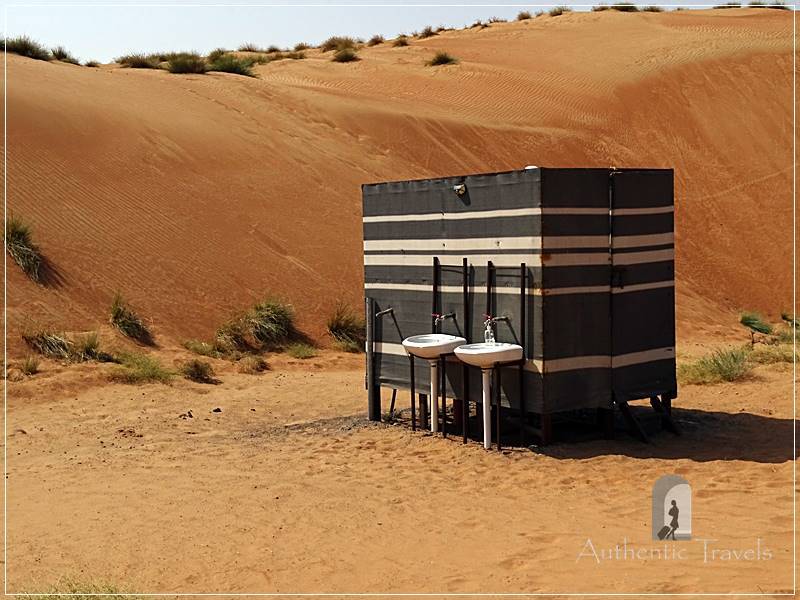
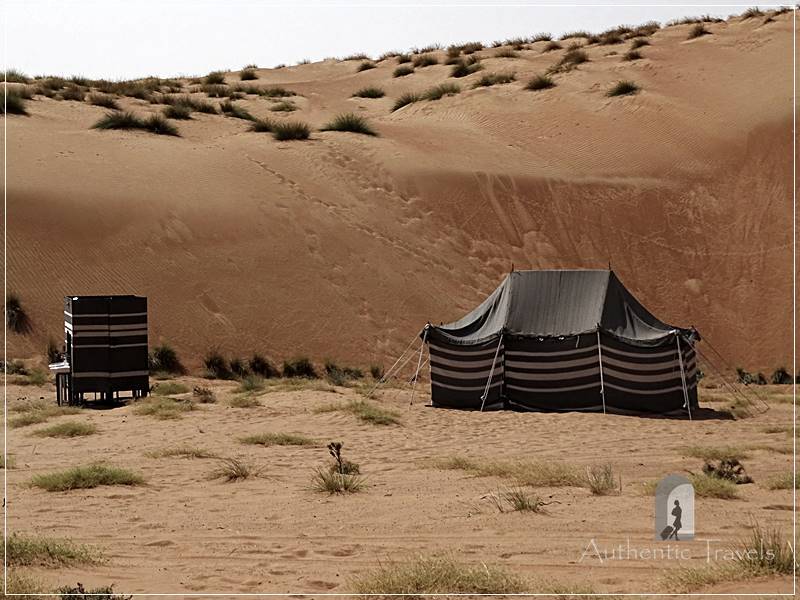
Nomadic Desert Camp – Personal Experience
I have always been intrigued by deserts, dunes, and the Bedouin lifestyle. My desert experience started when driving along the Arabian Sea Coast. That’s when I glimpsed the golden dunes of Sharqiya Sands for the first time. They were so near, yet so inaccessible. When I met Rashid in Al Wasil, we embarked on a jeep and went deep into the desert, among hundreds of dunes. I had the feeling that the desert never ends, and so it is. After each dune, another series of dunes appeared, and after that, another dune, and so on. The perfect place to get lost. At the same time, the terrain where Bedouins daily roam and know every trail and tree by heart.
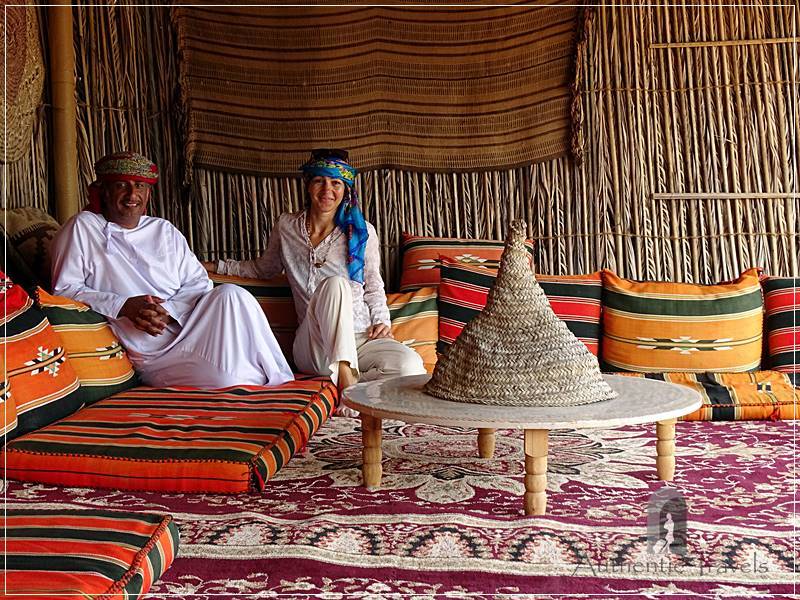
I loved the basic huts in the camp and how I experienced the true life in the desert – no swimming pools, no air conditioning, no private bathrooms. Everything was exactly in the desert authentic style. I smelled the palm tree leaves in my hut. I smiled while drifting under the large mosquito net at night. And I enjoyed relaxing on the cushions in the majlis and imagining myself as the queen of the desert. In the morning, I climbed up on top of the nearby dunes and listened to the silence of the desert. You can say the desert speaks to you in silence. And the truth is that when you can hear the voice of the desert, you’re a true Bedouin.
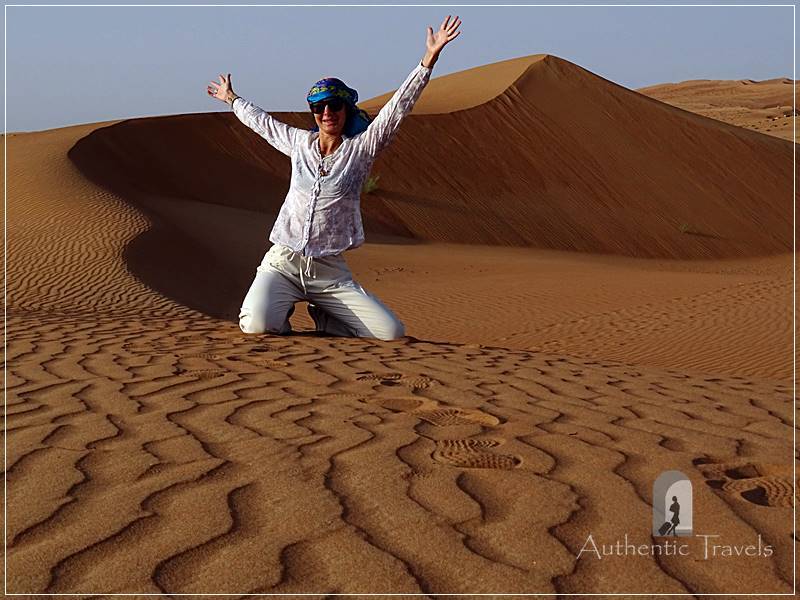
Nomadic Desert Camp is more than an accommodation with huts for rent and even more than a camp in the desert. In fact, it’s a place where you travel back in time and witness the true life in the desert, its simplicity, and its depth. It’s a place where you learn about ancestral Bedouin traditions and the philosophy of the desert to help each other.
Nomadic Desert Camp can be found on their website.
Some more photos from Nomadic Desert Camp (Sharqiya Sands, Oman):
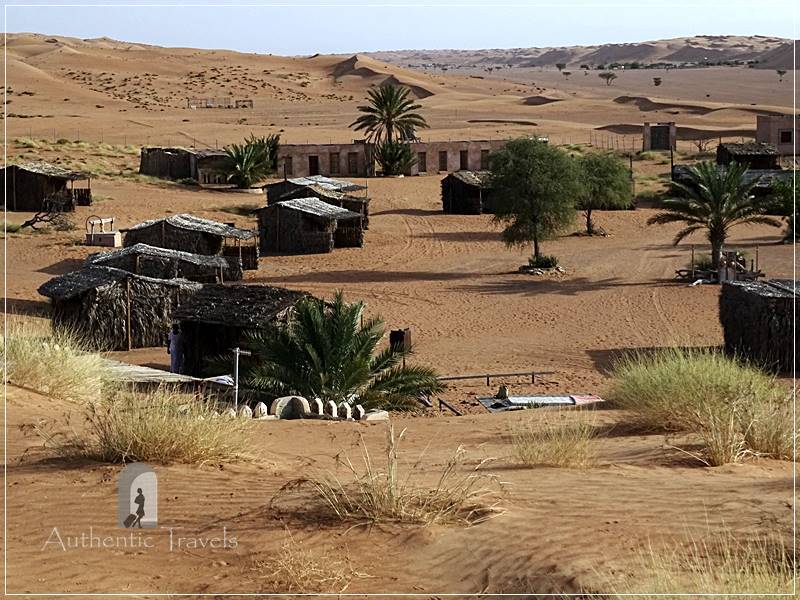
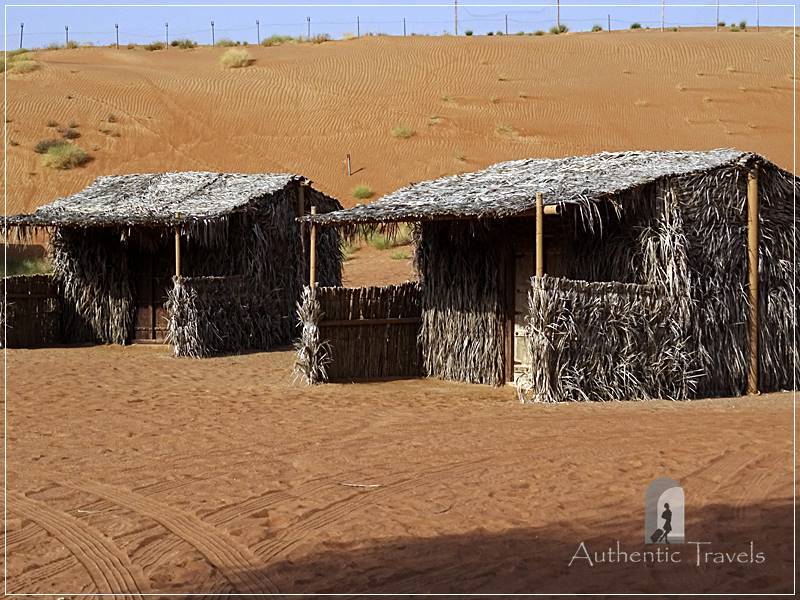



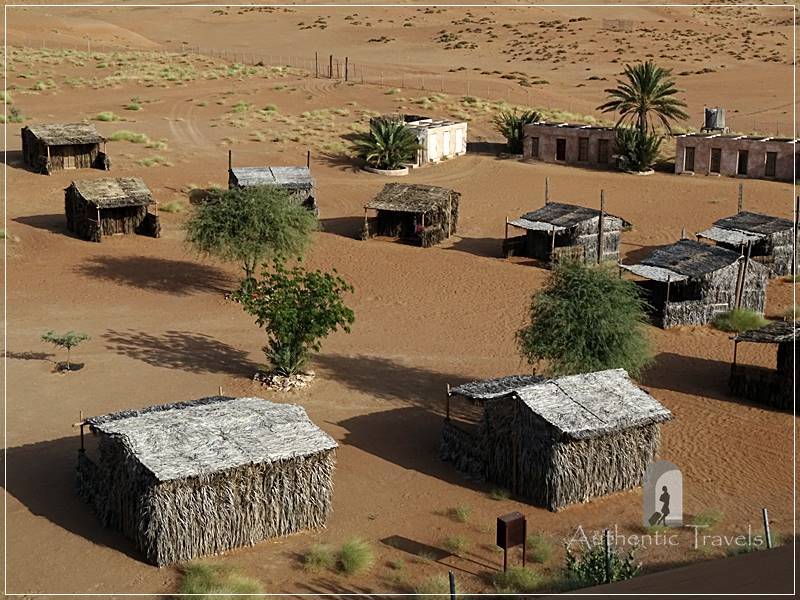
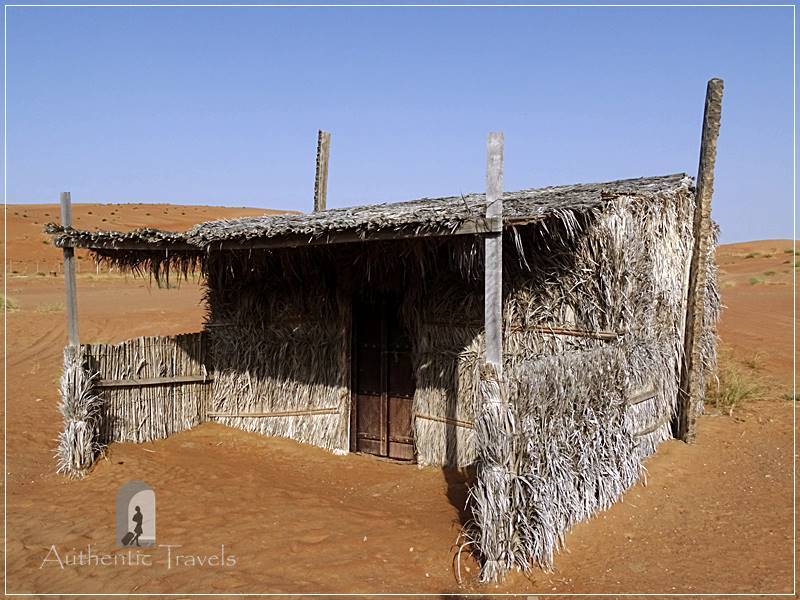

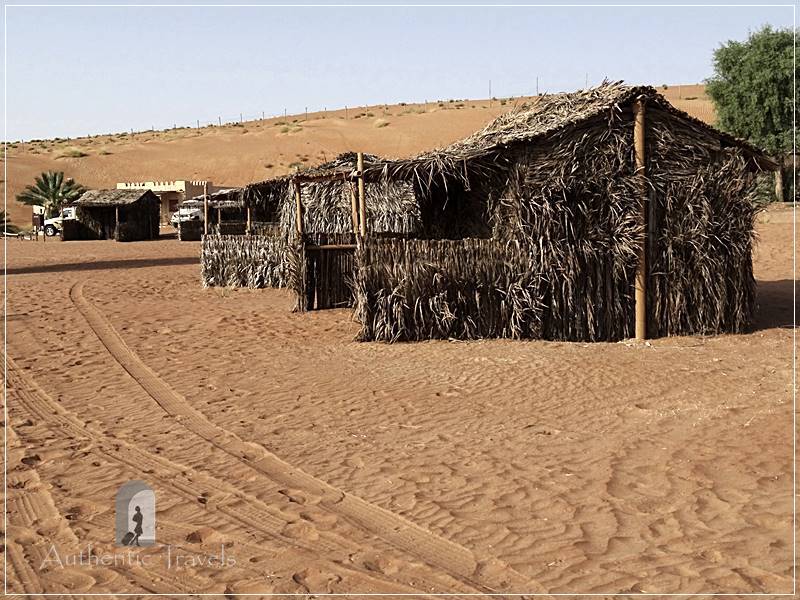

we feel very priviliged and blessed that we could visit this lovely, authentic, well maintaint nomadic desertcamp already since 2001 and since then many many times again. we love the atmosphere, because this place is still so natural, Rachid and his welcoming, friendly familyteam succeeded very well to maintain the beauty and quietness of the desert! you just hear the laughing dove, sometimes the camels. Highly recommended! see the pictures in my Instram account : maria coebergh
I am glad you have also had the chance to go to Nomadic Desert Camp.